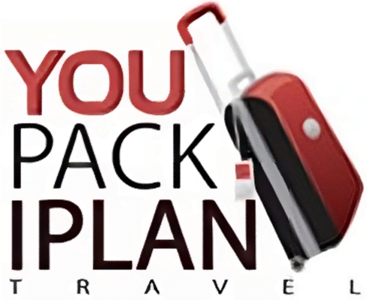Traveling across time zones can be exhilarating, but jet lag can dampen the excitement, leaving you tired, irritable, and out of sync. Here’s a comprehensive guide to help you recover quickly and get the most out of your journey
Understanding Jet Lag
Jet lag occurs when your body’s internal clock, or circadian rhythm, is out of sync with the local time at your destination. This misalignment can cause fatigue, insomnia, irritability, digestive issues, and difficulty concentrating. The severity depends on the number of time zones crossed and your individual sensitivity to travel.
Preparing Before You Fly
Adjust Your Schedule Early:
Start shifting your sleeping and eating schedule to align with your destination’s time zone a few days before departure. For instance, if traveling east, go to bed and wakeupearlier than usual.
Choose Flights Wisely:
Whenever possible, book flights that arrive in the morning or early afternoon to give yourself daylight to adjust.
Get Adequate Sleep:
Don’t board a flight already sleep-deprived. A well-rested body handles jet lag better.
Hydration is Key:
Begin hydrating a day or two before flying, as airplanes tend to have dry air that can leave you feeling sluggish.
Tips During the Flight
Stick to the New Time Zone:
Reset your watch or phone to the destination’s time zone as soon as you board. Try to follow that schedule for eating and sleeping during the flight.
Stay Hydrated:
Drink plenty of water throughout the flight, avoiding caffeine and alcohol, which can dehydrate you and disrupt sleep.
Sleep Strategically:
If it’s nighttime at your destination during your flight, try to sleep. Use an eye mask, noise-canceling headphones, or neck pillows to make it easier to rest.
Move Around:
Engage in light stretches or walk up and down the aisle to prevent stiffness and improve circulation.
Adjusting After Arrival
Get Sunlight Exposure:
Natural light is one of the most powerful ways to reset your internal clock. Spend time outdoors as soon as possible, especially in the morning.
Adopt the Local Schedule:
Eat, sleep, and engage in activities according to the local time, even if your body isn’t fully adjusted yet.
Take Short Naps:
If you’re exhausted, take power naps of 20–30 minutes to recharge without disrupting your nighttime sleep.
Stay Hydrated:
Continue drinking water to combat dehydration and fatigue caused by air travel.
Strategies for Faster Recovery
Melatonin Supplements:
Consider melatonin to regulate your sleep patterns, especially for eastward travel. Consult a healthcare professional before use.
Light Therapy:
If you’re arriving in a dark or cloudy destination, a light therapy box can mimic natural daylight and help your body adjust.
Exercise Regularly:
Engage in light physical activities such as walking, stretching, or yoga to boost energy and promote better sleep.
Healthy Eating:
Consume balanced, nutritious meals with plenty of fruits, vegetables, and proteins. Avoid heavy or greasy meals close to bedtime.
Long-Term Solutions for Frequent Travelers
Consistent Routine:
Frequent flyers benefit from developing a routine that minimizes jet lag, such as sticking to regular wake and sleep times.
Travel Apps:
Use apps like Timeshifter to calculate optimal sleeping and exposure schedules based on your flight itinerary.
Schedule Breaks:
When possible, build in buffer days for recovery if your trip involves multiple time zone changes.
Additional Tips
- Avoid heavy meals close to bedtime.
- Use sleep aids (e.g., over-the-counter medication) sparingly and only under guidance.
- Be patient with your body—it can take a day per time zone crossed to fully adjust
Conclusion
Jet lag is a temporary inconvenience that can be effectively managed with preparation, hydration, and proactive adjustment techniques. By planning ahead and listening to your body, you can recover faster and enjoy every moment of your travel adventure. Safe travels






